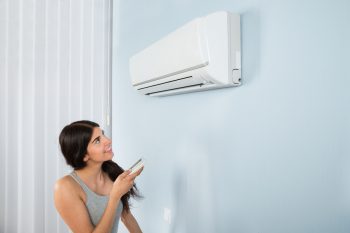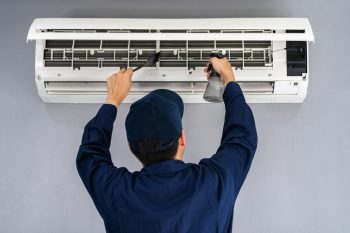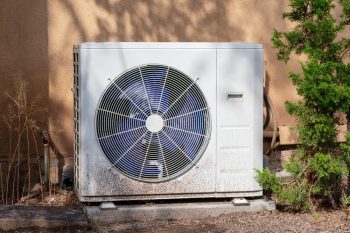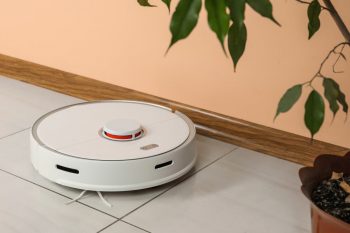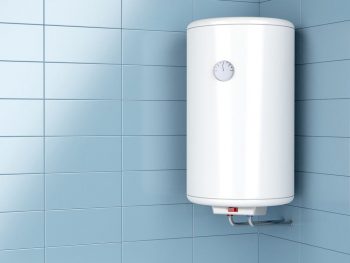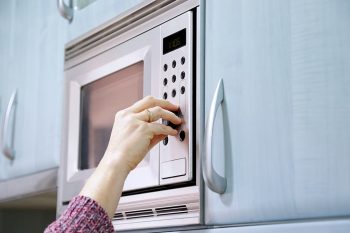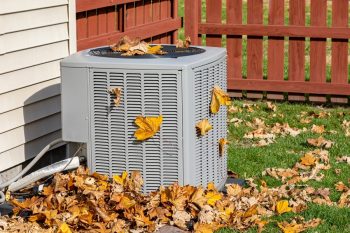
Pressure washers are a versatile tool that can be used for a variety of cleaning tasks, from washing cars and outdoor furniture to removing stubborn dirt and grime from concrete patios and driveways. But to get the most out of your pressure washer, it’s crucial to understand one key factor: PSI, or pounds per square inch.
A good PSI for a power washer depends on the task at hand. Light-duty tasks like cleaning small outdoor furniture or cars require a PSI between 1,000 and 1,500. Moderate-duty tasks like cleaning decks or driveways need a PSI between 1,500 and 2,500. Heavy-duty tasks like removing stubborn stains or prepping surfaces for painting require a higher PSI, typically between 2,500 and 4,000. Always start with the lowest pressure setting and adjust as needed to avoid damaging the surface being cleaned.
Understanding PSI and Its Importance
PSI is a measure of the pressure output of your power washer. It refers to the force the water from your pressure washer can exert on the surfaces you’re cleaning. The higher the PSI, the more force is behind the water, and as a result, the more powerful the cleaning capability.
Choosing the right PSI for your pressure washer isn’t just about getting the most powerful model available. Too much pressure can damage certain surfaces, while too little pressure may not effectively clean the surface. Thus, understanding the ideal PSI for different tasks is crucial.
Ideal PSI Range for Common Cleaning Tasks
Here are some general guidelines for the ideal PSI for common household cleaning projects:
- Light-duty tasks (1,000 – 1,500 PSI): Suitable for cleaning small outdoor furniture, vinyl siding, or delicate surfaces like cars and bicycles.
- Moderate-duty tasks (1,500 – 2,500 PSI): Ideal for cleaning larger surfaces like decks, patios, or driveways, as well as washing cars and removing dirt and grime from fences.
- Heavy-duty tasks (2,500 – 4,000 PSI): Recommended for stubborn stains, grease, or mold removal, cleaning concrete surfaces, removing graffiti, or prepping surfaces for painting.
Remember, these are general guidelines. Always start with the lowest pressure setting possible and gradually increase it as needed to avoid damaging the surface being cleaned.
Adjusting the PSI of Your Power Washer
Most power washers have adjustable PSI settings, allowing you to tailor the pressure to the task at hand. This could be achieved through adjusting the pressure regulator, changing the nozzle tip, adjusting the unloader valve, or using an inline pressure regulator. Refer to your pressure washer’s manual for specific instructions and recommendations for your particular model.
Considerations Beyond PSI
While PSI is a critical factor, other aspects should also be considered when choosing a power washer. These include the GPM (gallons per minute), which indicates the water flow rate, the water temperature, whether the pressure washer is electric or gas-powered, its portability, the grade of the pressure washer, the additional accessories and attachments it comes with, the type of motor, the hose length, the noise level, and the maintenance requirements.
Recommended Power Washers
Here are some recommended power washers with good PSI for various tasks:
- Ryobi RY142300 2300 PSI Brushless Electric Pressure Washer: Best overall with durable motor, longer hose, larger wheels, and better-designed cord.
- DeWalt DWPW2400 2400 PSI Electric Cold-Water Pressure Washer: Good balance of power and convenience.
- Sun Joe SPX3000 Electric Pressure Washer: Best budget option with good power.
- Ryobi RY1419MTVNM 1900 PSI Electric Pressure Washer: Best portable option for easy carrying.
- Greenworks Pro Electric Pressure Washer: Known for high quality and reliability.
- Simpson PowerShot PS60843: Known for professional-level quality and innovative features.
- Generac SPEEDWASH System 7122: Popular residential model with power of a professional machine and several notable features.
In conclusion, understanding the right PSI for your pressure washer can help you effectively and safely clean various surfaces. Always choose the PSI based on the job at hand, and remember to consider other factors such as GPM, water temperature, power source, and more to ensure you choose the best pressure washer for your needs.
Frequently Asked Questions
What does PSI stand for?
PSI stands for Pounds per Square Inch. It is a measure of the pressure output of your power washer.
How can I adjust the PSI on my power washer?
The PSI on a power washer can be adjusted through a few methods, such as adjusting the pressure regulator, changing the nozzle tip, adjusting the unloader valve, or using an inline pressure regulator. Always refer to your pressure washer’s manual for specific instructions.
What is GPM and why is it important?
GPM stands for Gallons Per Minute. It measures the water flow rate of your power washer. A higher GPM means more water is used, which can lead to more effective cleaning but also more water consumption.
Does a higher PSI mean a better power washer?
Not necessarily. While a higher PSI means more cleaning power, it also increases the risk of damaging the surface you’re cleaning if it’s not appropriate for the task. It’s important to choose the PSI based on the job at hand.
Can I use a high PSI power washer for all cleaning jobs?
No, using a high PSI power washer for all jobs may lead to surface damage, especially on delicate surfaces like cars or vinyl siding. Always start with the lowest pressure setting possible and gradually increase it as needed.
What is a safe PSI for washing cars?
A safe PSI for washing cars typically falls within the light-duty range of 1,000 – 1,500 PSI. This provides enough cleaning power without risking damage to the car’s paint or finish.

